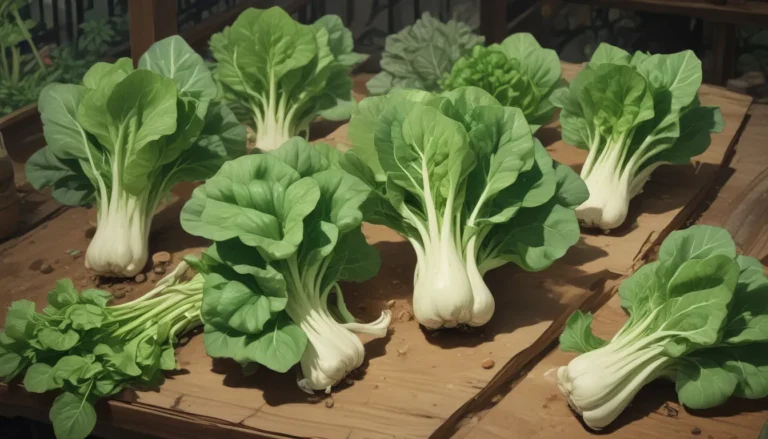A Comprehensive Guide to Growing and Caring for Red Oak Trees

Introduction
Red oak trees, also known as Quercus rubra, are truly the kings of the eastern North American forests. With their majestic presence and important role in the forest ecosystem, growing and caring for these magnificent trees can be a rewarding experience. In this guide, we will delve into the world of red oaks, exploring their cultivation, propagation, maintenance, and more.
What Are Red Oaks?
Red oaks belong to the Erythrobalanus group of the Quercus species, characterized by their distinctive leaves and two-year maturation cycle for acorns. The northern red oak, Quercus rubra, is known for its sharply pointed leaves and vibrant deep reddish-bronze color in the fall.
In contrast, the southern red oak, Quercus falcata, boasts hairy undersides on its leaves and numerous bristle-tipped lobes. Both species play an essential role in the forest ecosystem, providing food and shelter for a wide variety of wildlife.
Cultivation and History
Red oak trees have a rich history, serving as a critical food source for Native American tribes and providing durable timber for furniture and flooring. These long-lived trees are considered climax species in eastern forests, dominating the landscape and providing essential resources for wildlife.
With a growing range from Georgia to Quebec, red oaks have been cultivated for centuries as popular shade and specimen trees. Their resilience, beauty, and ease of growth make them a desirable addition to any landscape.
Propagation
Red oak trees can be grown from acorns or purchased saplings with relative ease. Planting acorns in the fall ensures they receive the cold stratification they need to germinate successfully. Selecting healthy acorns, planting them at the right depth, and protecting them from pests and wildlife are essential steps in the propagation process.
Transplanting young trees requires careful attention to root preservation and proper planting techniques. Providing a sunny location, well-draining soil, and ample space for growth are key factors in successfully establishing red oak trees in your landscape.
How to Grow Red Oaks
Caring for red oak trees is relatively straightforward, as they are adapted to a wide range of soil types and moisture conditions. Planting them in full sun to part shade, watering deeply during establishment, and maintaining soil acidity are essential for optimal growth.
As mature trees, red oaks require minimal maintenance, with deep watering during dry spells being the primary need. Pruning should be avoided to prevent disease, and fallen leaves serve as a natural mulch and habitat for wildlife.
Best Uses and Quick Reference Guide
Red oak trees are valued for their ecological benefits and aesthetic appeal, serving as excellent shade trees and habitat for wildlife. With a quick reference guide detailing planting requirements, spacing, maintenance, and common pests and diseases, you can confidently grow and care for red oak trees in your landscape.
Conclusion
In conclusion, cultivating and caring for red oak trees is a rewarding endeavor that benefits both the environment and your landscape. By following the guidelines outlined in this comprehensive guide, you can successfully grow these majestic trees and enjoy their beauty for years to come.
Do you have red oak trees in your landscape? Share your experiences with growing and caring for these magnificent trees in the comments below. And if you’re eager to learn more about oak trees, be sure to explore our other informative guides on different oak species and their cultivation.
Disclaimer: This article is intended for educational purposes only. All rights reserved. For more details, please refer to the Terms of Service. Product photos via Gardener’s Supply Company, Nature Hills Nursery, and Voglund.





